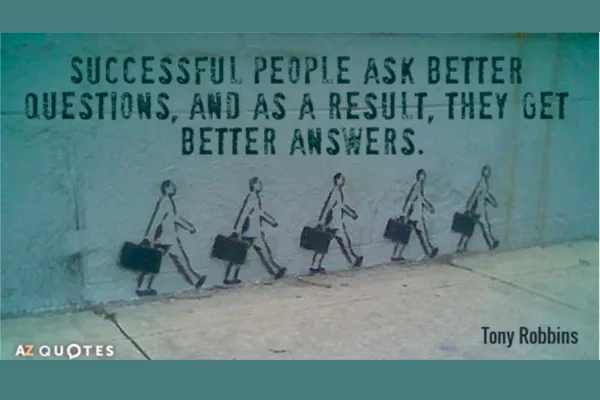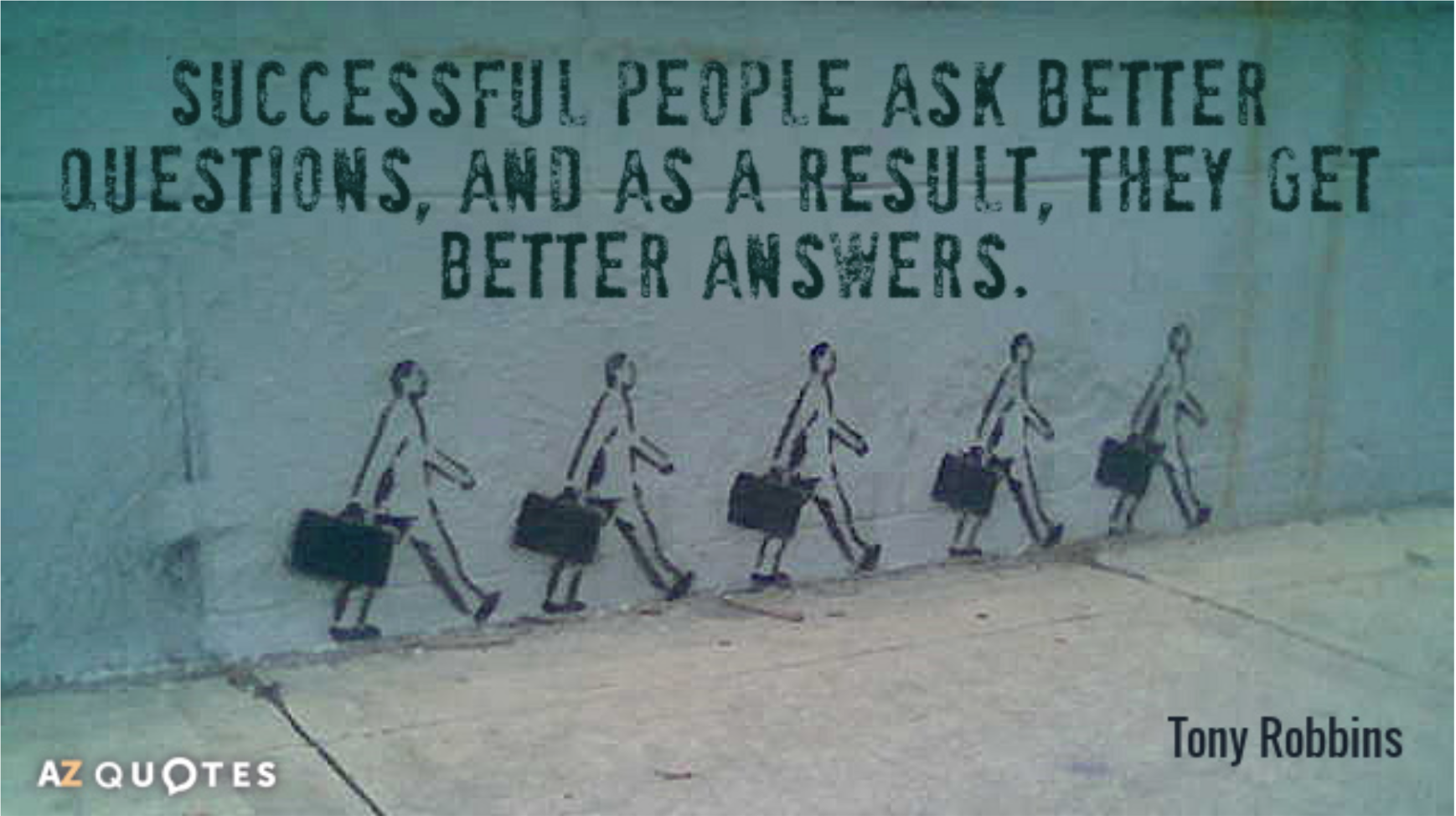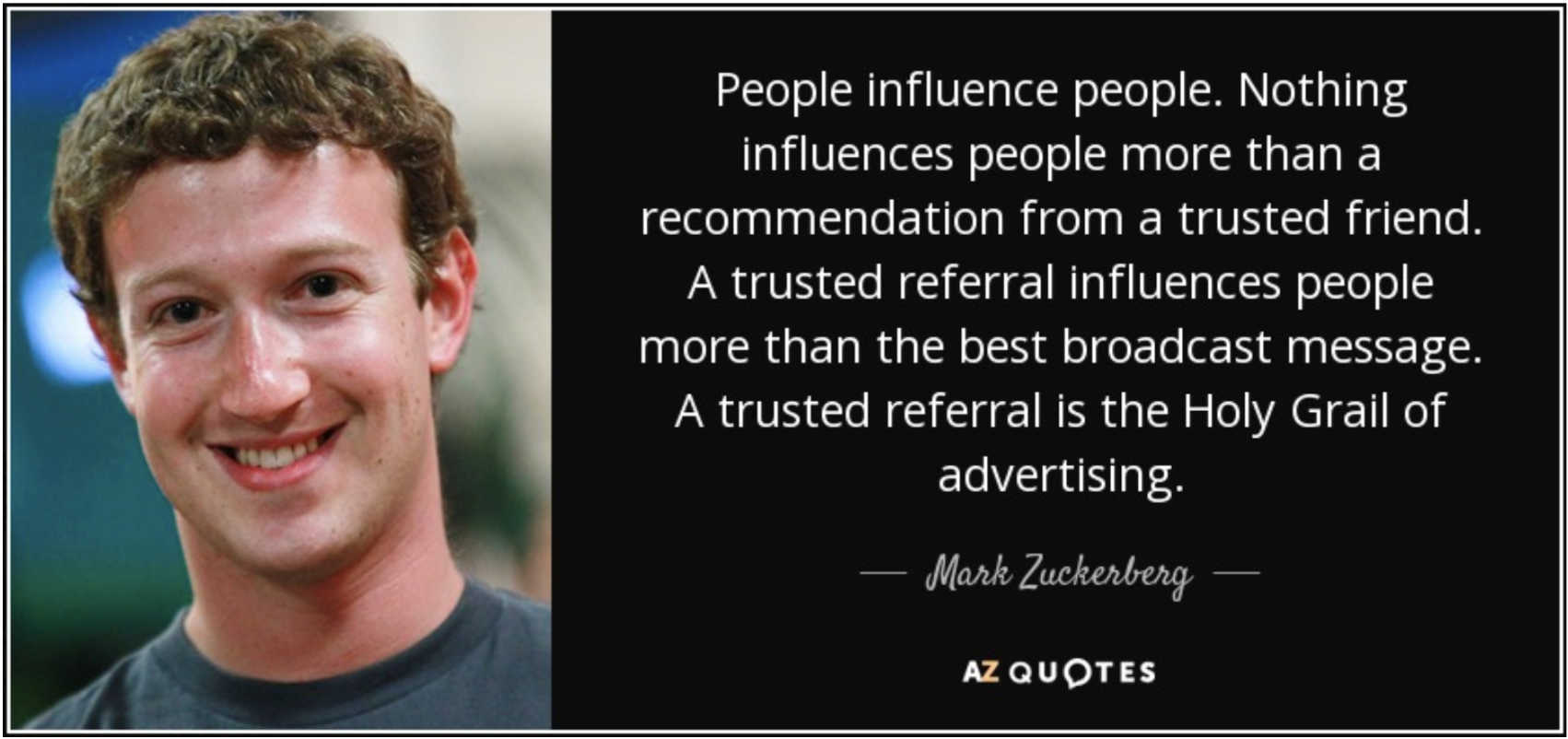
Understanding your customers buying journey and why this matters with referrals
Understanding your customer’s buying journey and with this matters in your marketing
Do you know why your customers buy from you? Do you know what their pain points were before they came to you? Do you know what was happening for them and who they may be engaging with prior to them making a buying decision to use your services or order your product? These questions are a vital part of understanding how to engage with your customers and without these answers, all your marketing efforts and your referral generation will be futile. Knowing these answers ensures you fully understand your customer buying cycle .
Why do your customers buy from you?
A simple question and unless you have consciously sat down and thought about it, I dare say you don’t have a clear idea of why your customers come to you. Maybe you have a vague idea, but do you REALLY know?
Firstly, why is this important?
People buy from you, now matter what you are selling, because they have a problem that needs solving. It may sound simplistic, but it's true for every product or service.
Let's choose the most basic example. Recently I was on a long drive from Queensland back to Victoria (for those of you not from Australia, that's a 5 day drive - Australia is BIG). One thing I needed regularly was water. Well, we all need water, but driving in an Australian Summer even with air conditioning on full, means you need lots of water. So the problem I had was a need for hydration.
Now you might say, water is everywhere and of course for the most part, it is. But I bought my bottled water from the Coles service stations along the way. I use Coles because they have Flybuys and I like to generate points for free flights and I like the 4 cent fuel discounts that I generate at Coles supermarkets every time I shop.
I bought 2 or 4 bottles each time I filled up. I could have bought these anywhere, but I bought them here because it was convenient, they had them front and centre as you walked into EVERY store and with fuel they were 2 for $7. I was also on a time schedule, I had to get back to Sydney for a wedding so I didn’t want to make too many extra stops outside of our lunch and coffee breaks which we took at cafes along the way.
Now of course I could have bought the water at cafes, stocked up at a supermarket beforehand or a myriad of other options which I am sure would have been cheaper, but I chose the Coles service stations for convenience and I could recycle the empty bottles every time we stopped.
Problem = need for hydration. Solution = convenience, points and recycle options.
Now in Australia, you can buy bottled water at the supermarket for less than a dollar if you buy in bulk. No doubt I could have saved 20 - 30+ dollars but for me the convenient solution was worth the extra few dollars.
Hopefully you can see from this example, even the simplest of purchases are about solving a problem for your customers in a way that they deem the most effective. Hence why you need to understand your clients' motivation to buy. You can also see that people don’t always choose the cheapest option (but that/s a whole different conversation on pricing we will have later).
Secondly, how do you find out why people buy?

It may seem obvious, but the easiest way is to simply ask. Ask your clients, especially the best ones, why they made the decision to buy from you?
If you have graded your clients on a value measure e.g., gold, silver or bronze (I will discuss this more in a later article) I’d ensure you separate the answers based on the value of the client. Thai way you can see clearly what motivates your best clients to buy and you may see some ongoing trends which will also help you in your future marketing.
You can do this in several ways depending on your business. But remember, simple purchases like my water example don’t need massively complex questions whereas high value sales may involve a very different process which ’ll cover at the end of the list.
But for most sales the following are good options:
If you are a traditional retailer, you can ask at the point of sale in a conversational way. If you have a CRM system you can send out a questionnaire post sale - a great way to make this even more enticing is to send the warranty in an email, a digital copy of the invoice or a survey monkey questionnaire. Don’t be discouraged if you don’t get a 100% response rate - that is unlikely, even for the best businesses.
You can use the survey or digital email process for online sales as you would above and this applies to services as well as products.
For more high value sales chances are you will most likely have formed a relationship with the purchaser - think house sales, car sales, complex insurance, furniture - you get the idea. With these people, asl them in person - usually they are happy to tell you once the sale is completed.
If you are receiving referrals from a referrals source, ask the referrer what motivated them to refer you? What did they identify with your future client and why did they decide to refer to you in this instance? This should form part of your regular referral round up conversation with your referral partners anyway.
Whatever your process, ensure you have a tool to capture responses because information is only useful if you can generate a result. If you are using surveys, simple free tools like survey monkey will generate reports for you. These are quantitative responses and very easily put into meaningful information.
For more conversational data, I always used the simplest solution (for those of you who know me well, you’ll know I’m all about making everything simple) which is an excel spreadsheet. Over time you can start clumping into similar cluster responses and trends which you will start to see when you have enough data. Depending on your business they may range from “price” “convenience” “accessibility” “warranty” - you get the idea. This qualitative information can give you a very clear understanding of trends - be on the lookout for keywords that people repeat, these are usually great indicators on how to cluster your data.
Who are they talking to before you?
Once you have an understanding of your clients pain points and motivation in buying from you, the next part is to identify who they are engaging with before you.
I’ll give you an example. Recently, I bought a new house. Buying the house was the final part of the equation, but there were many steps beforehand that happened after we had decided we were going to buy.
We spoke with our accountant to ensure we could manage taking on a new loan
We spoke to our financial planner to make sure this aligned with out financial goals
We spoke to our mortgage broker to arrange finance
We spoke to our conveyancer to prepare them for what was going to happen and ot find out what costs were involved (the property was in another state and we didn’t know the process there) and to ensure we budgeted for their costs
We spoke to a removalist to ascertain what the cost of moving would be so we could factor this into our decision
We spoke ot storage people as we needed to store some items
As you can see there were a lot of people we consulted before we made a buying decision.
The reason it is important to know this is because any one of those people could have referred us to one of the others and of course to the agent. Once we had decided on our path, each of these service providers was locked in. If you’re a mortgage broker wanting our business, there is little point in talking to us after we inspected the property we were going to buy.
Knowing your clients buying journey is an absolutely critical path in generating referrals for yourself and others. Getting in before a buying decision has been made can ensure you are on the candidate list.
Over the years I have seen so many people ask to be referred to someone after the buying decision has been made - think of the above example. Often I hear agents saying they want to be referred to ‘anyone (my least favorite word in business) wanting to sell their house’ but a way better opportunity is ‘accountants with high net worth clients seeking to expand their property portfolio’. Getting in with the people talking to your project before they buy means you have a shot.
Marketing gold
Now you know your client journey, you can pitch your marketing efforts directly at their pain points. You know what is happening before they decide to buy from you and you know the sort of questions they are asking themselves.
For marketers, this information is gold and when your customers feel that you understand their problems, they are more likely to buy from you. Large businesses have very sophisticated ways of aligning their product to your problem, but even a small business can use the same basic principles.
You can use it in your marketing collateral, websites, blog posts - in fact, all your customer touch points. When I owned a retail store I crafted in house posters and marketing material that spoke directly to my clients. In my digital businesses I have used it to craft language ( I use copywriters when it's critical but they are not going to be of any help unless you can answer these questions for them anyway), images and sales cues that speak directly to my target market. To them it feels like I already know them and their issues and even though they can never explain what, this invariably motivates them to buy from me and not my competitor. In a digital world, this is absolutely vital!

But my favorite use of all (being that I teach referrals) is that you can show your referral partners the journey your clients are on and how they can use appropriate language to connect your potential customers to you. In the referral scenario, you have just made yourself infinitely more referable!
Hopefully I have sparked your interest in understanding your customer’s buying journey. By now you should understand the importance of collecting data, and using this to see what your clients buying journey looks like and where you can intervene. You’ll understand the referral opportunity and most of all, you’ll understand how to talk directly to your clients' problems and close more sales than you ever know you could. I want to leave you with a great quote that I hope inspires you to keep on your journey - I wish it was from me, but it comes from the remarkable Seth Godin.
“You don't win an Olympic gold medal with a few weeks of intensive training. There's no such thing as an overnight opera sensation. Great law firms or design companies don't spring up overnight... Every great company, every great brand, and every great career has been built in exactly the same way: bit by bit, step by step, little by little.”
Seth Godin
